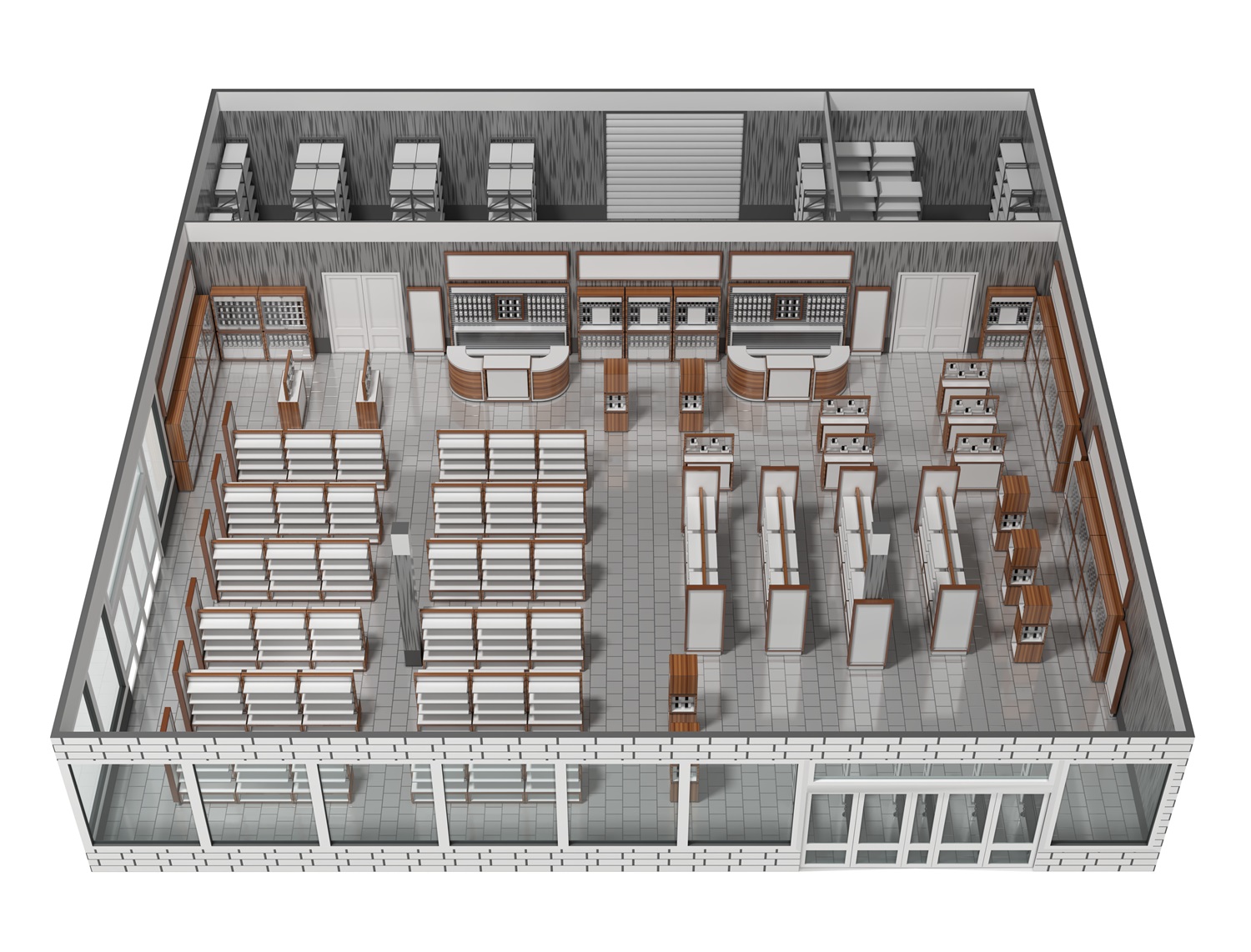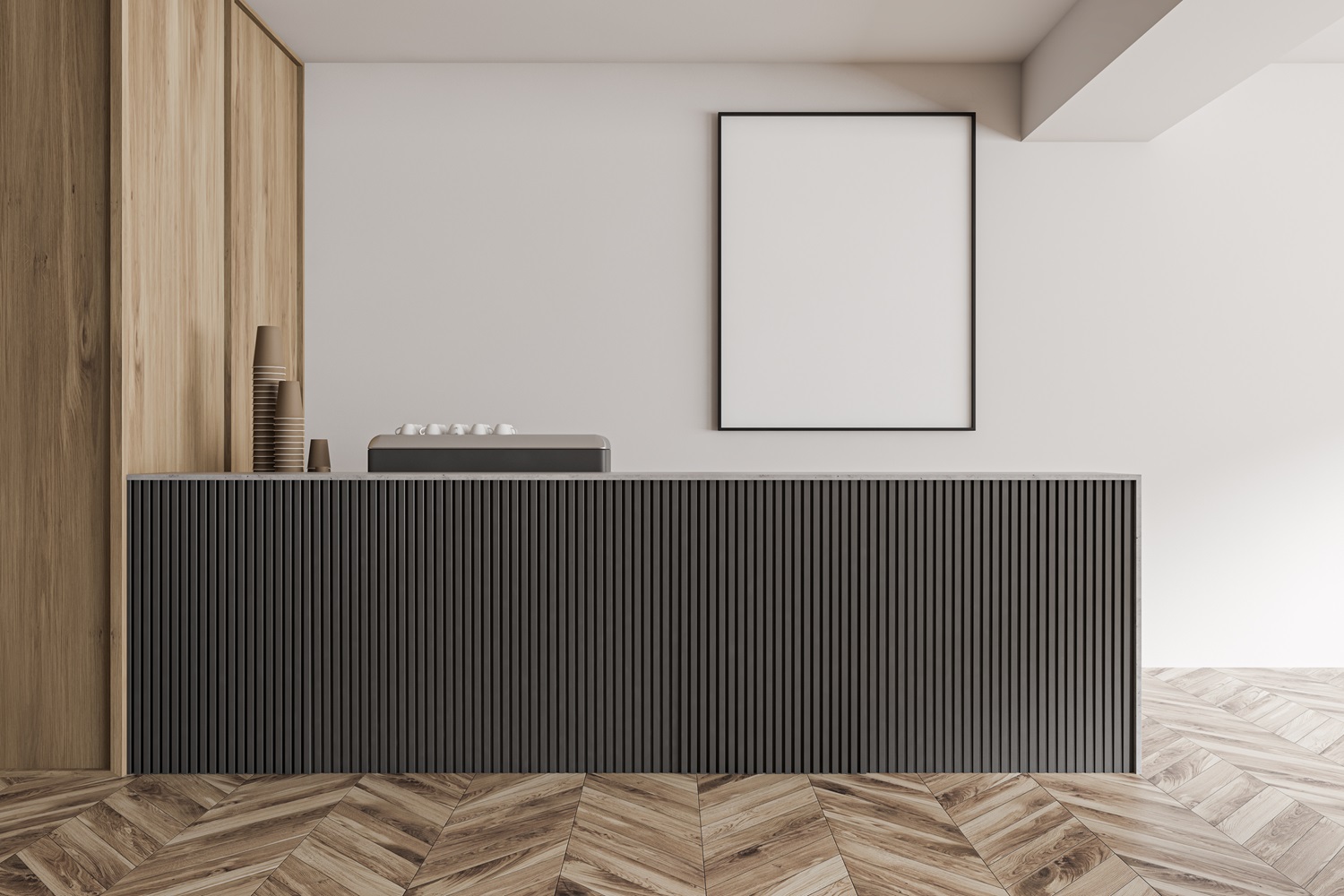
November 12, 2024
The Impact of Store Layout on Shopping Behavior: A Comparative Study
The layout of a retail store plays a critical role in influencing customer behavior and shopping patterns. By strategically organizing store spaces, retailers can enhance the shopping experience, guide customer flow, and ultimately drive sales. In this comparative study, we explore various store configurations, the relationship between layout and customer navigation, and examine real-world examples to understand how thoughtful design impacts shopping behavior.
Analyzing Different Store Configurations and Their Effects
How Open vs. Closed Layouts Influence Shopping Patterns
Open and closed store layouts offer distinct shopping experiences that significantly affect customer behavior. Open layouts, characterized by wide spaces and fewer barriers, create a sense of freedom and exploration, encouraging customers to browse more. In contrast, closed layouts, with defined sections or aisles, guide shoppers in a more structured path, often leading them to specific products. The choice between these configurations depends on the store’s product offerings and desired shopping flow, as each impacts shopping time, product visibility, and impulse purchasing differently.
The Role of Store Organization in Guiding Customer Flow
Store organization directly influences how customers move through a space. Strategic placement of key items—such as high-demand products or seasonal offerings—can guide shoppers toward particular sections of the store. Visual cues like clear signage, lighting, and product displays also help steer customer flow, ensuring that shoppers encounter the right products at the right time. A well-organized store layout can lead to higher product exposure, increased time spent in the store, and improved sales conversions.
Understanding the Relationship Between In-Store Navigation and Sales
Optimizing Store Layout for Easier Customer Navigation
Effective in-store navigation is essential for a seamless shopping experience. Retailers should design layouts that make it easy for customers to find what they are looking for without frustration. Clear signage, intuitive product categorization, and logical pathways are key elements that reduce confusion and enhance the customer journey. Simplified navigation encourages customers to spend more time in the store and explore more products, resulting in increased sales and customer satisfaction.
The Impact of Clear Pathways on Purchasing Decisions
Clear and well-defined pathways through a store not only improve navigation but also positively impact purchasing decisions. When shoppers can easily move between sections without feeling overwhelmed, they are more likely to make spontaneous purchases. Moreover, guiding customers through the store in a way that highlights promotions or popular items can boost sales. Creating logical and visually appealing routes ensures that customers have a positive shopping experience, which can lead to higher conversion rates.
Case Studies: Store Layouts and Shopping Behavior
Comparing Layouts in Small vs. Large Retail Spaces
Store size plays a significant role in determining the most effective layout. In small retail spaces, maximizing every square foot is crucial. Compact stores often benefit from a more closed layout with defined pathways to ensure customers see a wide variety of products. On the other hand, large retail spaces can take advantage of open layouts that allow for expansive product displays and multiple navigation routes. Understanding how to adapt layout strategies based on store size can lead to better use of space and improved customer engagement.
How Strategic Store Configuration Increases Customer Engagement
Real-world examples demonstrate that strategic store configurations can significantly impact customer engagement. Retailers who experiment with different layouts—such as grid, loop, or free-flow—often see varying levels of success depending on the store’s goals. For instance, free-flow layouts may encourage customers to explore at their own pace, while loop layouts create a more structured shopping path. Comparing these strategies helps identify the best approach for each retail environment, whether it’s encouraging impulse buys, showcasing new products, or enhancing the overall shopping experience.
In conclusion, store layout is a powerful tool that shapes shopping behavior and influences purchasing decisions. By analyzing store configurations, improving navigation, and learning from case studies, retailers can create spaces that not only appeal to customers but also drive engagement and sales.

